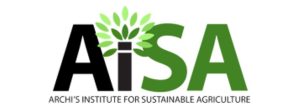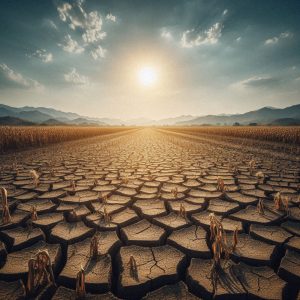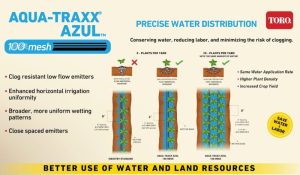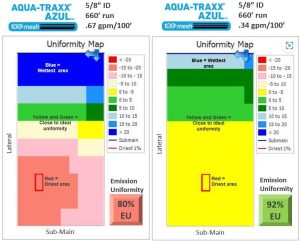Original article by Southwest Farm Press
Nothing drives home the importance of improving irrigation efficiency like a four-year drought.
“Farmers are just trying to keep up,” said Caddo County, Oklahoma, Cooperative Extension Educator David Nowlin at the inaugural Oklahoma Irrigation Conference held recently in Fort Cobb. “With new research on moisture sensors, drop nozzles, subsurface drip irrigation (SDI), new apps for smartphones and Mesonet data, it’s a whole new world.”
The issue has been even more pressing in the Southwest for the past four years during one of the worst stretches of drought on record.
Nowlin said technology will play a crucial role in helping farmers maintain yield goals with increased pressure on water resources. The conference focused on innovations currently available to Southwest farmers.
The Oklahoma Mesonet, for instance, a network of environmental monitoring stations, offers farmers a tool to help them get “the most benefit from the water. It helps determine ‘when and how much,’” said Al Sutherland, OSU Mesonet Agricultural Coordinator.
Sutherland explained how the system functions and how farmers can use the data to make better use of irrigation water resources.
“Often in hot, dry summers, farmers simply turn on irrigation systems and let them run,” Sutherland said. “But with subsurface drip irrigation systems and during years with more rain, producers need to make decisions on when to irrigate.”
The Mesonet system uses factors such as soil type, temperature, humidity, wind speed and solar radiation to determine evapotranspiration rate. The system website (http://www.mesonet.org) also includes an irrigation planner that helps farmers determine when and how much water to apply to growing crops.
Sutherland said the program works well with a tablet or laptop computer but not as well on a smartphone.
Mesonet analyzes a set of variables to determine plant moisture needs—water demand potential, Sutherland said. The irrigation planner “is simple to use,” Sutherland said. Farmers have to provide pertinent information about their crops, including the particular crop, planting date, estimated days to maturity and other factors.
The planner develops a number that shows plant need and irrigation application amount compared to rainfall to create a water balance number, which is the trigger for irrigation. “The irrigation planner shows how much water a farmer needs to apply to the crop,” Sutherland said.




